Guide to SATA Cable: Types, Uses, and Connection Tips
Table of content
Introduction:
Nothing is more important than performance and efficiency for a computer enthusiast. A SATA cable does that for you in moments. The term ‘SATA’ stands for Serial Advanced Technology Attachment or Serial ATA and connects storage devices to a computer’s motherboard. It brings efficiency, enhances performance, and increases the workflow. SATA technology was introduced in 2000, replacing older versions of connectivity standards like PATA. It provides more data transfer speed and a streamlined connections process, resulting in excellent performance. Further, these cables offer bandwidth from 1.5 GB/ sec to 6 GB/ sec and data transfer speeds from 150 MB/ sec to 600 MB/ sec. If you want to learn more, the present blog provides an in-depth guide on SATA cables, their types, features, and use cases.
What is Sata Cable?

Serial Advanced Technology Attachment or SATA cables connect hard drives and solid-state drives to a computer’s motherboard. These cables play a crucial role in the performance and efficiency of a computer. The length, quality, and compatibility of the SATA cable determine the data transfer rate and the rest of the system’s performance.
SATA cables have become essential in today’s computers because of improved throughput, Cable handling capabilities, and efficient system utilization. In addition, these cables provide faster read/write speeds that impact boot times for game loading times and operating systems.
Features of SATA Cables:
Low Voltage Requirement:
SATA cables function on 500mV (0.5V) peak-to-peak signaling, promoting lower interference and crosstalk between conductors.
Simplified Design:
SATA has a single 7-pin data cable and a 15-pin power cable compared to its predecessor, PATA (40-pin/80-wire ribbon cable). SATA’s simplified design offers a higher signal rate, which translates to faster data throughput.
Differential Signaling:
It uses differential signaling in which each signal uses a different pair. In this technology, the signal carried by one wire is the same level as the one carried by the other wire but in opposite polarity.
High Data Transfer Rate:
SATA cable offers higher data transfer rates of 150/300/600 MBs/second. It enables faster program loading, better picture quality, and fast document loading.
Two Main Types OF SATA Cables:
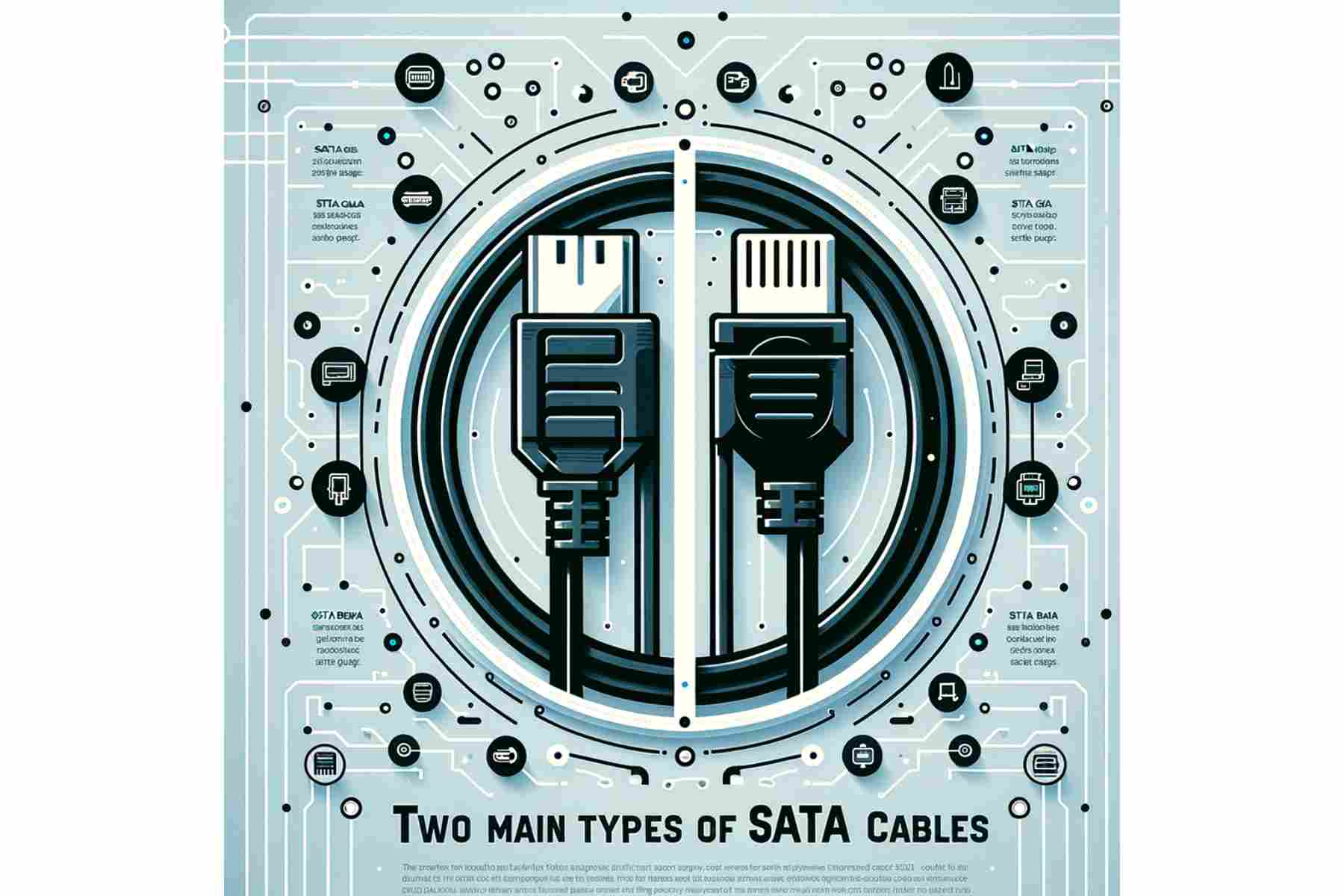
There are several kinds of SATA cables. From different lengths to capabilities and from various rates to use cases, you can pick up a SATA cable accordingly. Some common types of SATA Cables include Standard SATA Cable, Micro SATA, and e-SATA. However, however, there two most commonly-used types of SATA cables you should know of.
- SATA Power Cables:
- SATA DATA Cables:
Let’s discuss them separately:
What is a SATA Power Cable:
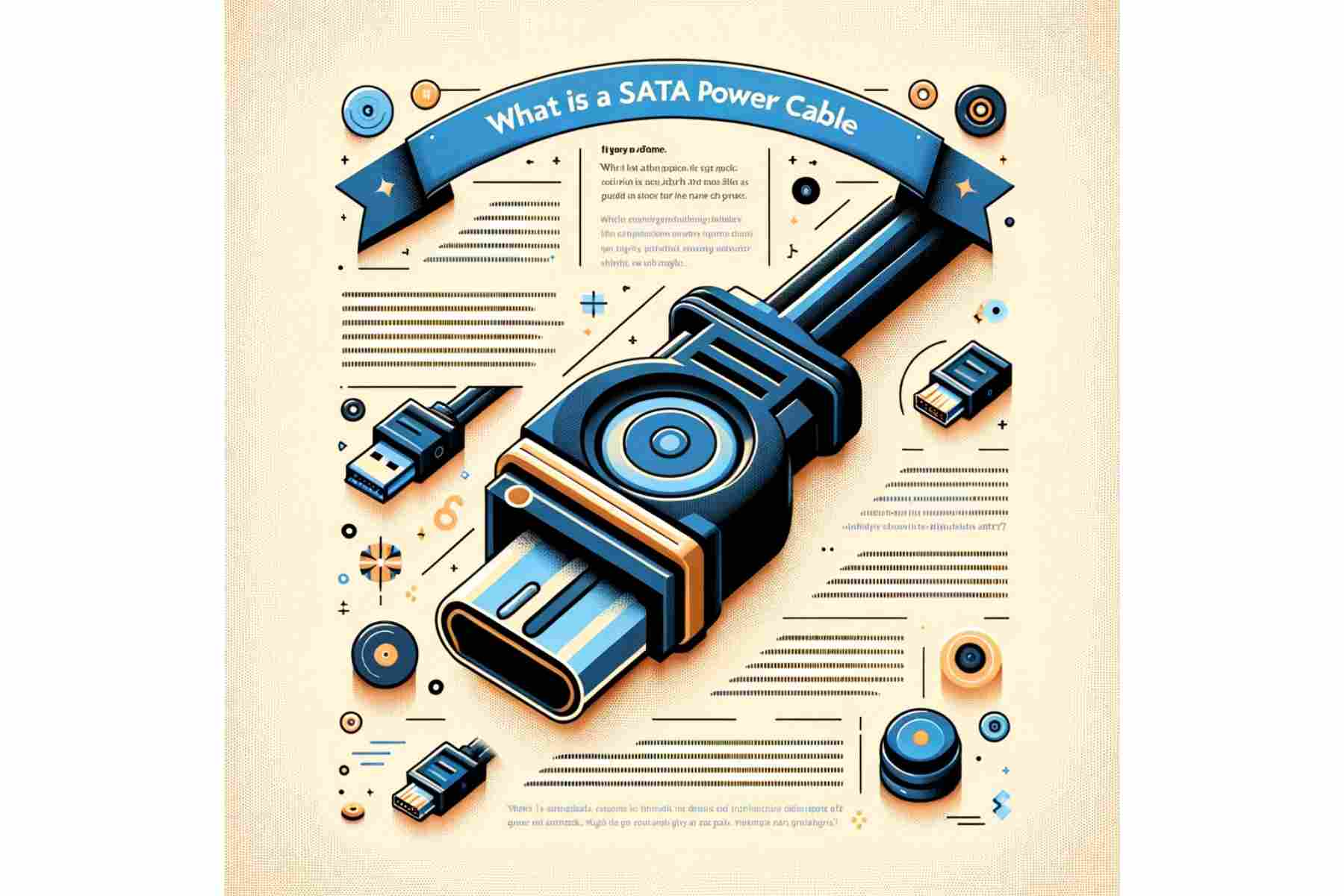
Beginning with its architecture, a SATA power cables have about 15 pins that are purpose-built for seamless power supply. In addition, three different pins on the connector work in association to conduct power with constantly changing voltages. Besides, a SARA power cable has thin wires which are directly linked with the connector. As compared to SATA data cables, they are bigger in size.
What is a SATA Data Cable:

As the name itself implies, SATA data cables enable efficient and hurdle-free data transmission. They have a connector along with 7 pins, and its primary function is to connect a hard disk to the motherboard. To achieve the goals, one end of the should be connected to the port on your hard disk. In the same way, the other should be connected to the SATA connector port that is present on the motherboard. Physically, a SATA data cable is thinner and smaller as compared to SATA power cables.
Standards of SATA: DATA Transfer Speed Compared
SATA-I: This first-generation interface operates at a transfer rate of 1.5 GB/sec with a maximum bandwidth of 150 MB/sec.
SATA-II: This second-generation interface offers a transmission speed of 3 GB/sec and a maximum bandwidth of 300 MB/sec.
SATA-III: Third-generation interfaces have a maximum bandwidth of 600 MB/sec and a transfer rate of 6 GB/sec.
| Standard | Bandwidth | Data Transfer Speed |
| SATA I | 1.5 GB/ sec | 150 MB/ sec |
| SATA II | 3 GB/ sec | 300 MB/ sec |
| SATA III | 6 GB/ sec | 600 MB/ sec |
SATA Cable vs PATA Cable
Both SATA (Serial Advanced Technology Attachment) and PATA (Parallel Advanced Technology Attachment) are types of ATA (Advanced Technology Attachment) that enable transport and various command protocols to connect the host systems to the different storage devices. The only difference is that PATA is an earlier version and has been replaced by SATA back in 2000-3. However, there are some fundamental differences between PATA and SATA that should be addressed separately. These differences lie in their data transfer speed, drive support, and Cable management.
03 Basic Differences SATA vs PATA:
Data Transfer Speed:
PATA cable’s data transfer speed is slower as compared to SATA cable. Because it enables multitasking easily which result slow rate data transmission. On the other hand, SATA cable facilitates faster transmission of programs, files, pictures etc.
Drive Support:
There are only 2 PATA connections on the motherboard. Whereas the number of SATA cable connections ranges from 4 to 6. This increased number of SATA connections make them connect multiple hard drives at the same time.
Cable Management:
In appearance, SATA cables are thinner than PATA cables. This easy-to-manage architecture makes SATA cables easily perfect for cable management as well as to keep the system on track. Besides, SATA cables are longer in length (Approximately 1 meter long) while the length of PATA cables is about 18 inches.
How To Install SATA Storage Devices To The Motherboard?
To install more SATA storage devices to the motherboard of your PC, follow these steps:
- Switch off your computer and remove the side panel to open the case.
- In your case, insert the storage device into an empty storage bay (3,5′′ or 2,5′′).
- Depending on your case, the gadget may need to be tightened securely or may snap in automatically.
- Verify that the SATA connection ports can be readily accessed using the length of the SATA cable you have on hand.
- The SATA cable should be connected to the hard drive on one end and to a free SATA connector on your motherboard on the other.
- After attaching the SATA cable to the appropriate ports, make sure the connection is tight.
- Begin by selecting a SATA port number. You can do this by consulting the manual or the print on the motherboard itself.
- Close your case, turn on your computer, and boot up your operating system to see if the drive has detected the device automatically.
Conclusion:
SATA cable are essential for an efficient computer system. They enable faster data transmission and offer enhanced performance. Providing features like simplified design, differential signaling, and higher data transfer rates, SATA replaced PATA almost 25 years ago. In this blog, we have explored SATA cables and their different aspects in detail to let you know what they are and why they are important to you.
If you have further queries or want to explore other topics, such as Ethernet Cable, Fiber Optic Cable, and more, you can visit Buyrouterswitch.
Frequently Asked Questions:
What is the difference between SATA and SSD cables?
Serial Advanced Technology Attachment (SARA) is a type of cable used to attach storage devices to the motherboard. Whereas a solid-state drive or SSD is a type of storage that enables faster read-and-write speeds.
Why was PATA replaced by SATA?
PATA was, at first, slower in speed because of multitasking. Secondly, SATA cables brought faster data transfer rate and quickened the sharing of files like pictures, larger files, and documents.
What is the main function of SATA?
As an interface, the primary function of SATA cables is to transfer data between various storage devices and the central circuit board of a computer.
What does a SATA cable look like?
SATA cables are flat and red-colored cables that have small identical 7-pin connectors on each end with recognizable L-shaped notches. The connectors are either angled to 90 degrees or straight, some of them have metal retention clips.
Where to plug in the SATA cable?
First of all, insert the SATA cable into a SATA port on your motherboard. If you have different versions of SATA, use the latest one. Besides, the specific notches should be aligned with respective keys by paying special attention to them.




 Catalog
Catalog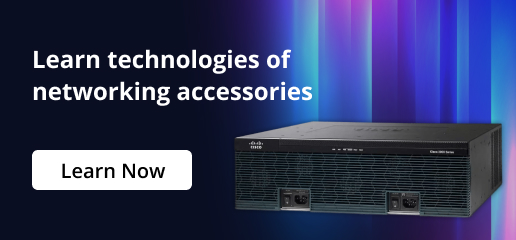

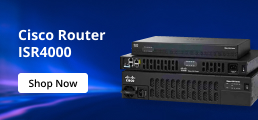
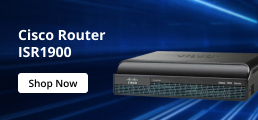
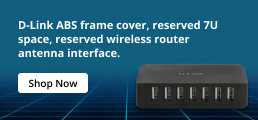

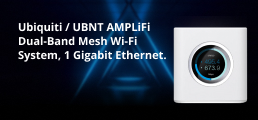


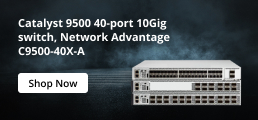
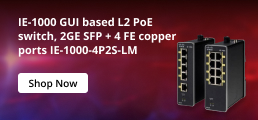
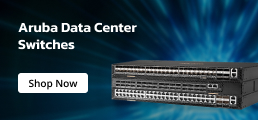
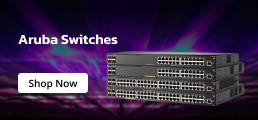

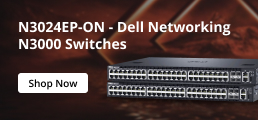
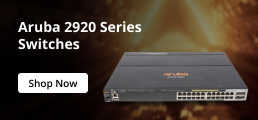

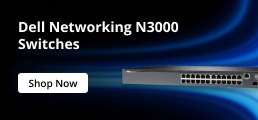
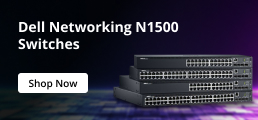



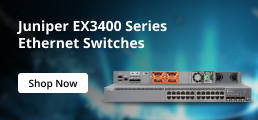
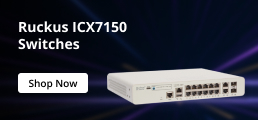
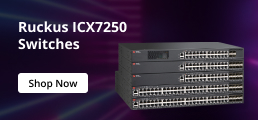




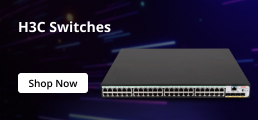
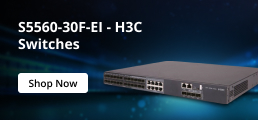

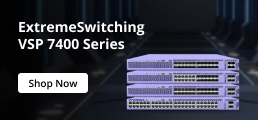
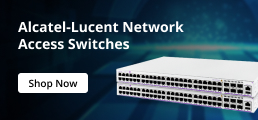
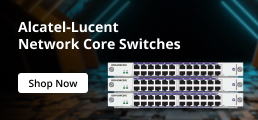
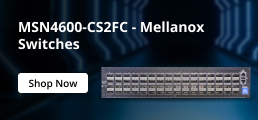












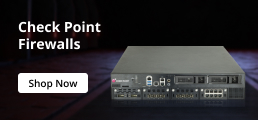
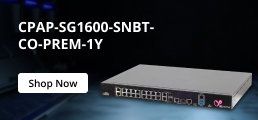

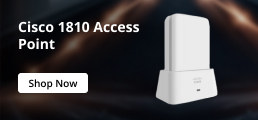








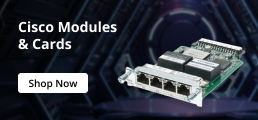
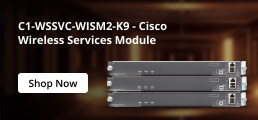





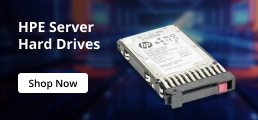




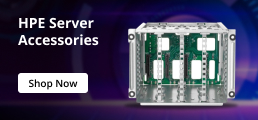
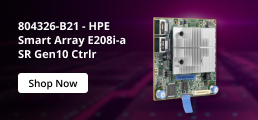

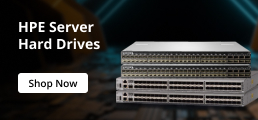


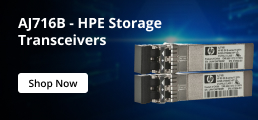


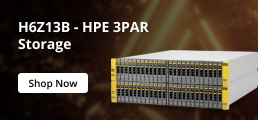

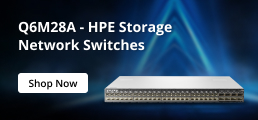

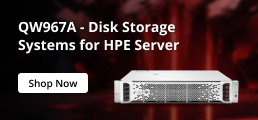





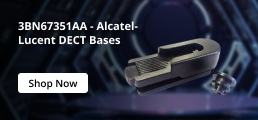


















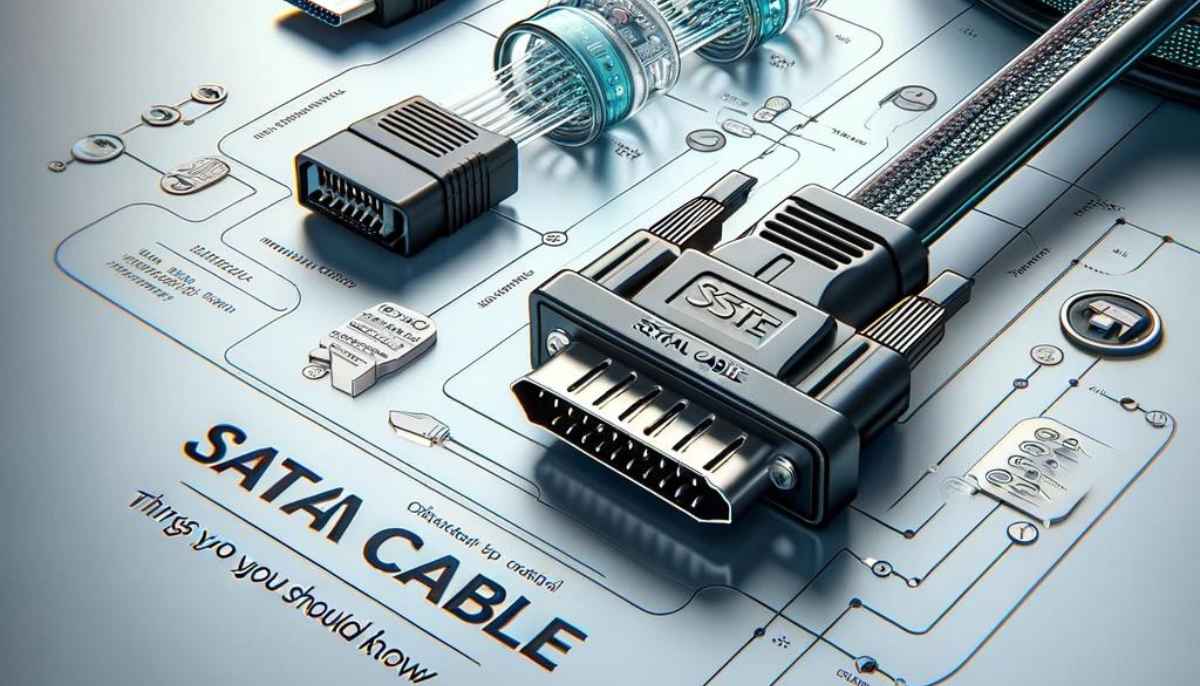
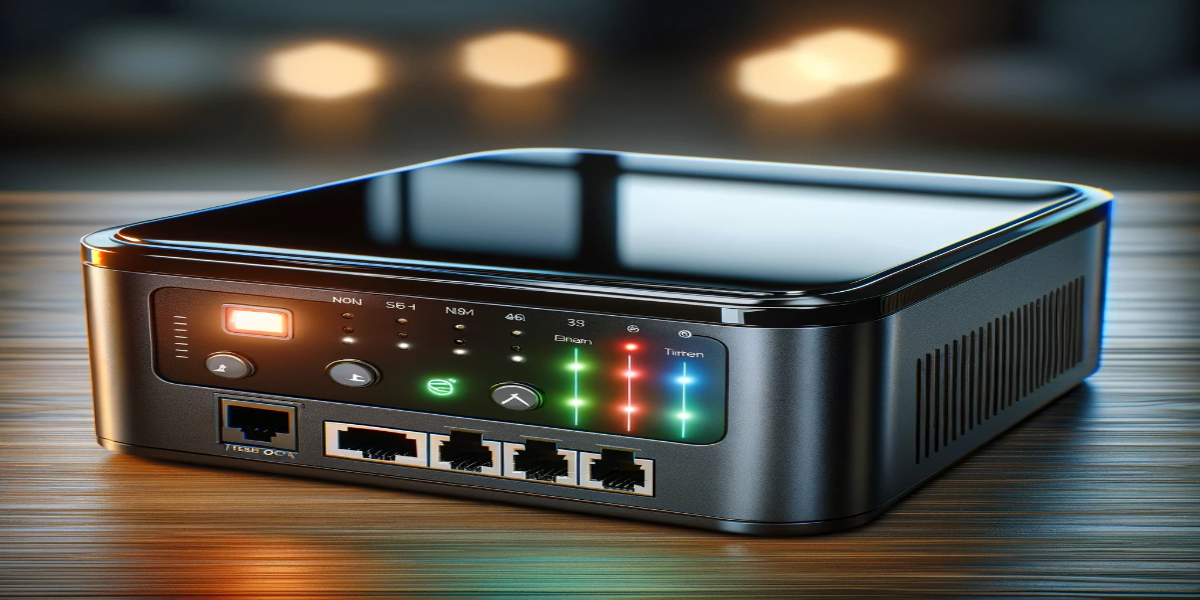
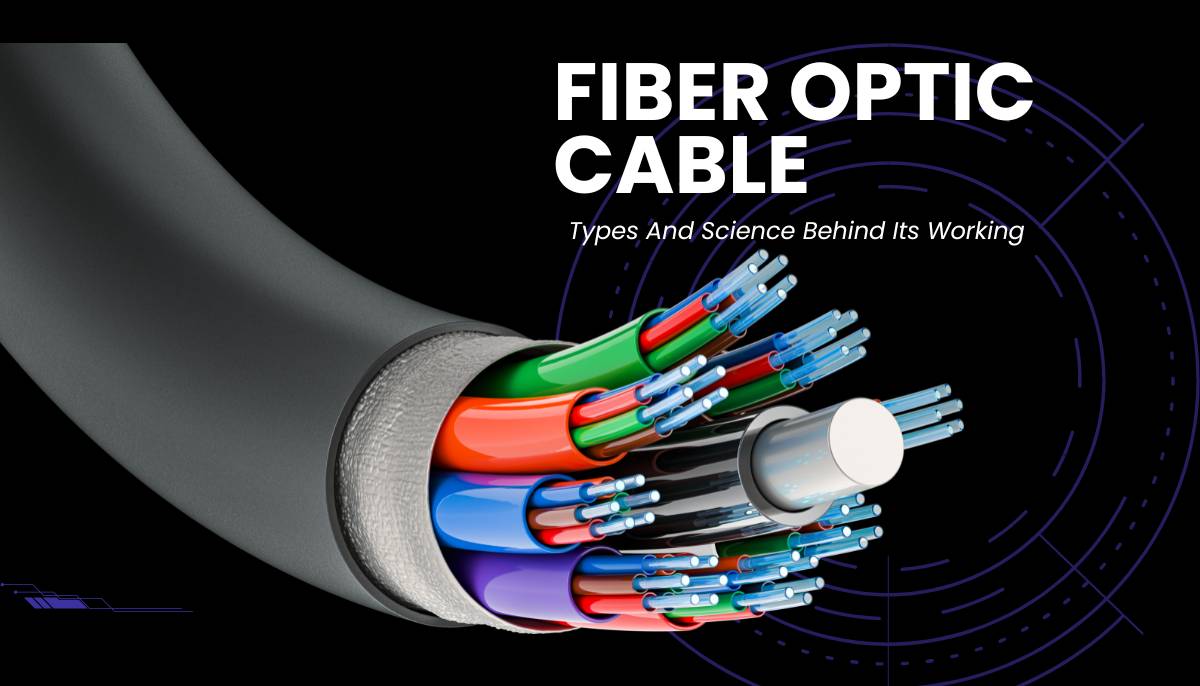





 (800) 870-9487
(800) 870-9487